How does a Hansa washing machine work?
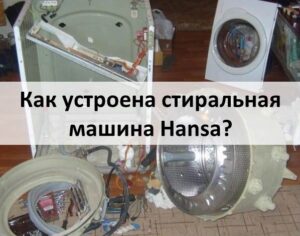 The “structure” of all front-loading machines is similar. Naturally, there will be differences in the form of an additional hatch for additional loading, a collector motor or inverter, a display or its absence, but the basic “equipment” is the same. The operating principle of automatic washing machines is also identical.
The “structure” of all front-loading machines is similar. Naturally, there will be differences in the form of an additional hatch for additional loading, a collector motor or inverter, a display or its absence, but the basic “equipment” is the same. The operating principle of automatic washing machines is also identical.
It is better for the user to understand the structure of the Hansa washing machine. By understanding where the parts are located and what they are responsible for, you can promptly notice problems in the operation of the equipment and promptly fix them yourself. Therefore, we will describe the structure of a typical washing machine and tell you where the main components of the machine are located.
Parts and components hidden in the body
Knowing how the machine works and understanding the operating principle of the equipment, you can repair the equipment yourself without overpaying to service centers. Most breakdowns are easy to fix without any special skills, but only by navigating the “insides” of the washing machine. Any Hansa front-facing machine contains:
- metal case;
- counterweights;
- shock absorbers;
- metal strip (located under the top “cover”);
- tank-drum assembly;
- drum door;
- sealing collar, it is fixed by two rings: an internal and an external clamp;
- engine. There can be either a commutator or an inverter motor;
- drive mechanism. Available only on collector washers;
- control panel with programmer and buttons;

- drain pump for pumping water out of the system;
- garbage filter;
- heating element and thermostat;
- main control module;
- water level sensor;
- filling solenoid valve;
- UBL;
- inlet hose and drain “sleeve”;
- bearings and oil seal;
- powder receptacle;
- drain pipe.
Wiring ensures communication between each unit of the washing machine and the main control module.
In addition to the listed elements, any front panel contains rubber gaskets, fasteners and clamps, latches, terminals, small tubes, and connectors. In order to have a good understanding of the structure of the Hansa washing machine, it is important to understand what functions this or that unit performs, and how the equipment will behave if a certain part fails.
How do the elements of the machine interact?
The normal “activity” of an automatic machine will be impossible if at least one, even the smallest sensor, fails. In the system, it is important that each element performs its assigned functions. The main control module controls the operation of all components and components of the Hans washing machine. It is the electronic unit that alternates the stages of the cycle, commands when to add and when to drain water from the system, controls the rotation speed of the drum, etc. The module provides communication between the “insides” of the washing machine.
The largest component of the Hansa automatic machine is the tank. For washing machines of the Polish brand, it is made of plastic. The tank is held in the housing by shock-absorbing elements: springs and dampers. A drum made of stainless steel is placed in a plastic container. The “centrifuge” is driven by a motor.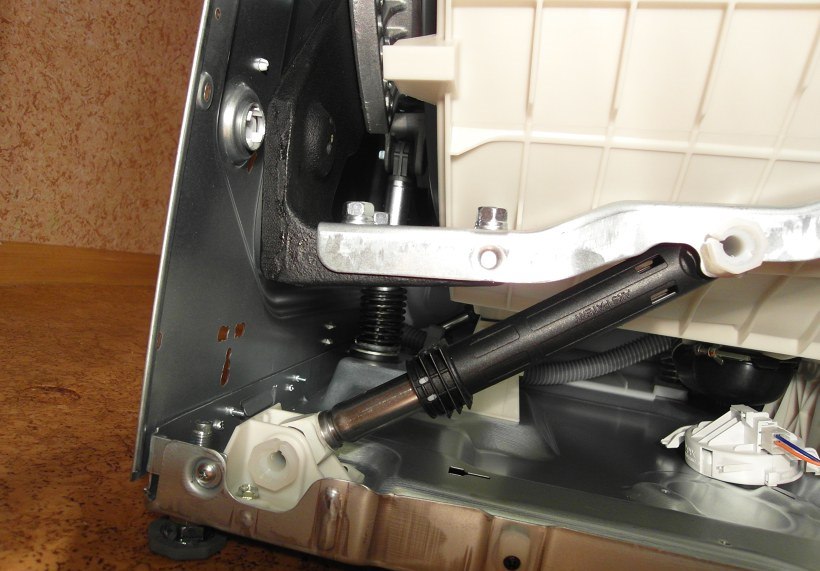
The structure of washing machines with a commutator motor is somewhat different from the structure of machines with an inverter. The first ones have a drive belt - it is stretched between the drum pulley and the electric motor. The “rubber band”, receiving impulses from the motor, spins the “centrifuge”. Due to the high rotation speed, the laundry in the drum is washed well.
It is also important to understand the principle of starting any washing program.What the user sees: the machine is connected to the network, the dashboard lights up, the desired mode is selected, the cycle is activated. What happens inside the machine: the “brain” receives signals from the control panel and understands what cleaning parameters are set. The control module opens the inlet valve and water begins to pour into the tank. When necessary, the unit stops filling the machine, activates the heating element, and so on until spinning and draining begin.
Using the buttons on the control panel, the user can adjust some washing programs, change the spin speed, and add options, for example, double rinse. “Intelligence” counts the commands and makes sure that the cycle is executed strictly according to the specified parameters.
Washing tanks
The most voluminous part of the front camera is the tank. In Hansa machines it is made of plastic, this allows the equipment to be cheaper. The reservoir stands level in the body of the washing machine; it is very rare to find models in which it is located at an angle. The tank has a stainless steel drum built into it. Water from house communications is first poured into the tank, and then, through “holes” on the surface of the centrifuge, it flows to the laundry. In addition to the holes, there are plastic ridges on the drum walls - with their help, better cleaning of fabrics is achieved.
This is a fairly reliable unit. Damage to the tank, and especially to the metal drum, is very rare. The only thing is that a plastic container can be pierced by a foreign object that gets inside. To prevent damage to the tank, you should carefully check the pockets of things before putting them in the machine. Any paper clip, bobby pin, or nail can “squeeze” through the hole in the surface of the drum and pierce the head.
In addition, the unit is damaged if the maximum load weight is systematically exceeded. For example, you cannot compact all 7 kg of things into a 5 kg machine. From such a load the machine will quickly fail.
How does the machine heat water?
All Hans washing machines are connected to cold water. The machines are equipped with a special part responsible for heating the liquid - a heating element. The tubular element is located directly under the washing machine tank. Getting to it is not difficult - just remove the “top” of the case, the back panel and remove the drive belt.
It is important to periodically descale the machine to extend the life of the heating element.
If you do not follow the recommendations of specialists and do not deal with scale, the heating element will have to be replaced every few years. The fact is that the heating element is constantly in contact with hard water. Heavy impurities settle on parts, forming limescale. When the layer is thick enough, the thermal conductivity of the heater is disrupted and it burns out.
Experts also advise not to run several high-temperature cycles in a row. Such a load does not benefit the heating element. It is recommended to let the machine cool down before the next “hot” wash. If we talk about the power of the heating elements that Hans models are equipped with, the figure is 1800 watts. This is the average value of the energy consumption of any other heating elements.
Electric motor
The motor drives the washing machine drum. The electric motor spins the “centrifuge” to user-specified speed through the drive belt. All models Hansa equipped with collector motors. In terms of quality, inverters are better than collectors, but direct drive machines are much more expensive.The maintenance-free life of an inverter motor is 10-15 years, while a commutator motor still has to be periodically serviced.
The commutator motor reacts sharply to voltage changes in the network, so it is better to use a stabilizer to connect Hansa washing machines.
Collectors will have to be serviced every 3-5 years. We are talking about electric brushes, which tend to wear out. When the graphite rod is worn out by more than 50%, a replacement pair is necessary. You can do the work at home without turning to a professional for help. 
The electric motor is the “heart” of an automatic machine. It starts working immediately after starting the washing mode. The control module regulates the motor speed, thereby controlling the drum rotation speed from low, at the beginning of the cycle, to maximum, at the spin stage.
Control board
As already mentioned, the “brain” of the automatic machine is the main control module. It is he who connects all the elements of the system, monitors the performance of their functions, and ensures the uninterrupted operation of the washing machine.
The user “connects” with the module through the control panel. By pressing buttons on the “tidy”, you can notify the “brain” of your preferences regarding the upcoming wash. The board receives all the necessary information about the selected program, connected additional options, required spin speed and water heating temperature. The electronic unit consists of many semiconductor elements and tracks, each of which is responsible for a specific component of the machine.
The control board contains triacs, thyristors, triggers, capacitors, a controller and other semiconductors.
Some elements of the control module are responsible for drawing water into the tank by controlling the inlet valve. Others monitor the pressure switch. Still others accelerate and decelerate the engine to the desired speed, and so on. Modern Hans washing machines can independently detect breakdowns in the system and notify the user about them. So, if some part of the control board indicates incorrect operation of certain components, the machine displays a fault code corresponding to the problem. Focusing on the displayed error, it is easier for the owner to narrow down the range of possible problems and eliminate their cause.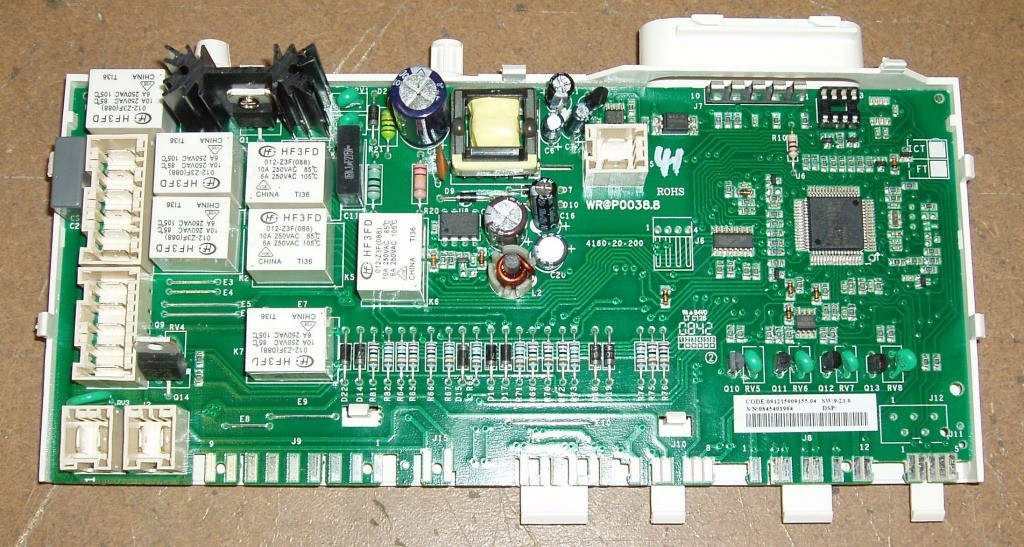
Thus, there is nothing supernatural in the design of frontal washing machines. Having carefully studied the instructions, you can already understand what elements the unit consists of and what each of the parts is responsible for. And if you arm yourself with additional knowledge regarding the sequence of disassembling the machine, you can repair the equipment yourself without overpaying the technician.
Interesting:
Reader comments
- Share your opinion - leave a comment
Categories
Washing machine repair


For buyers

For users

Dishwasher



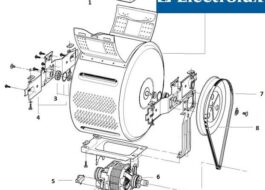
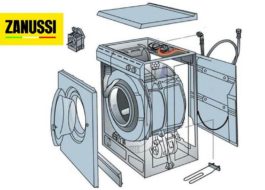

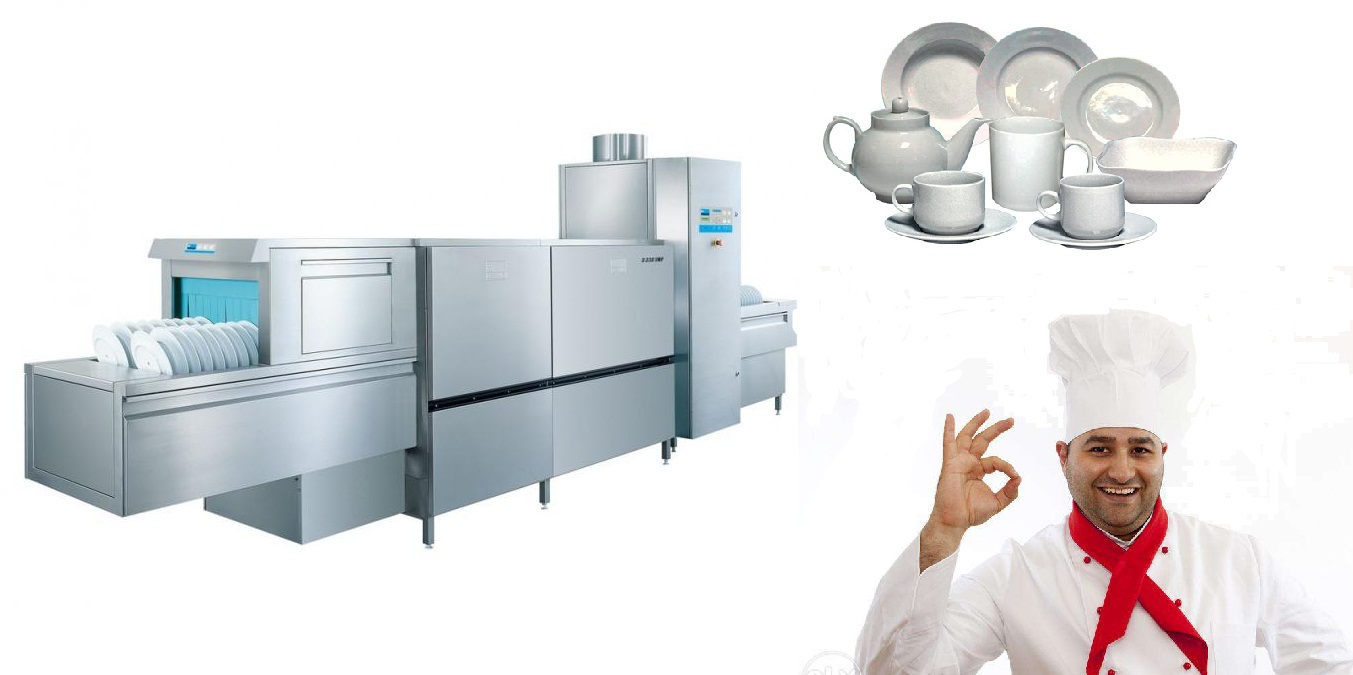










Add a comment